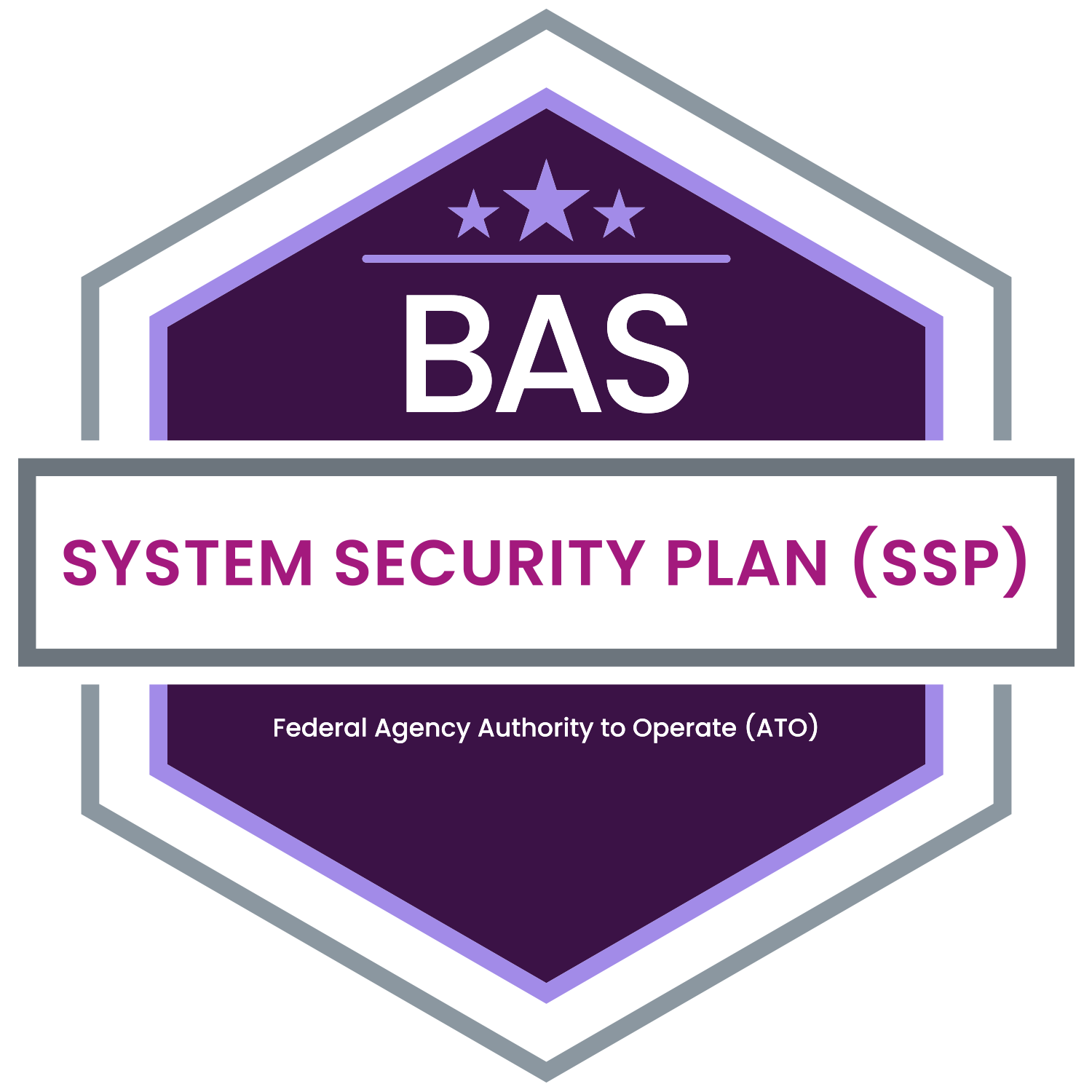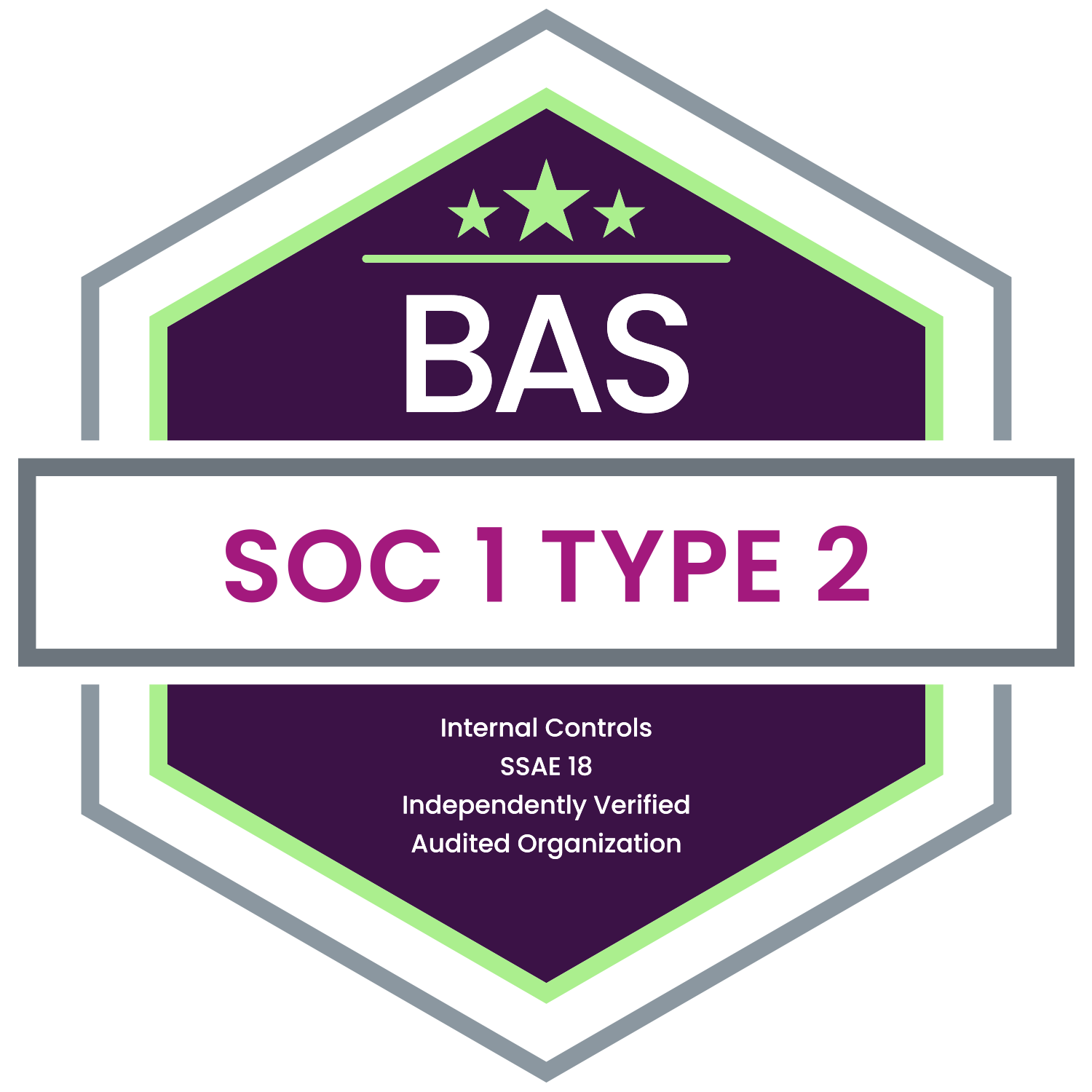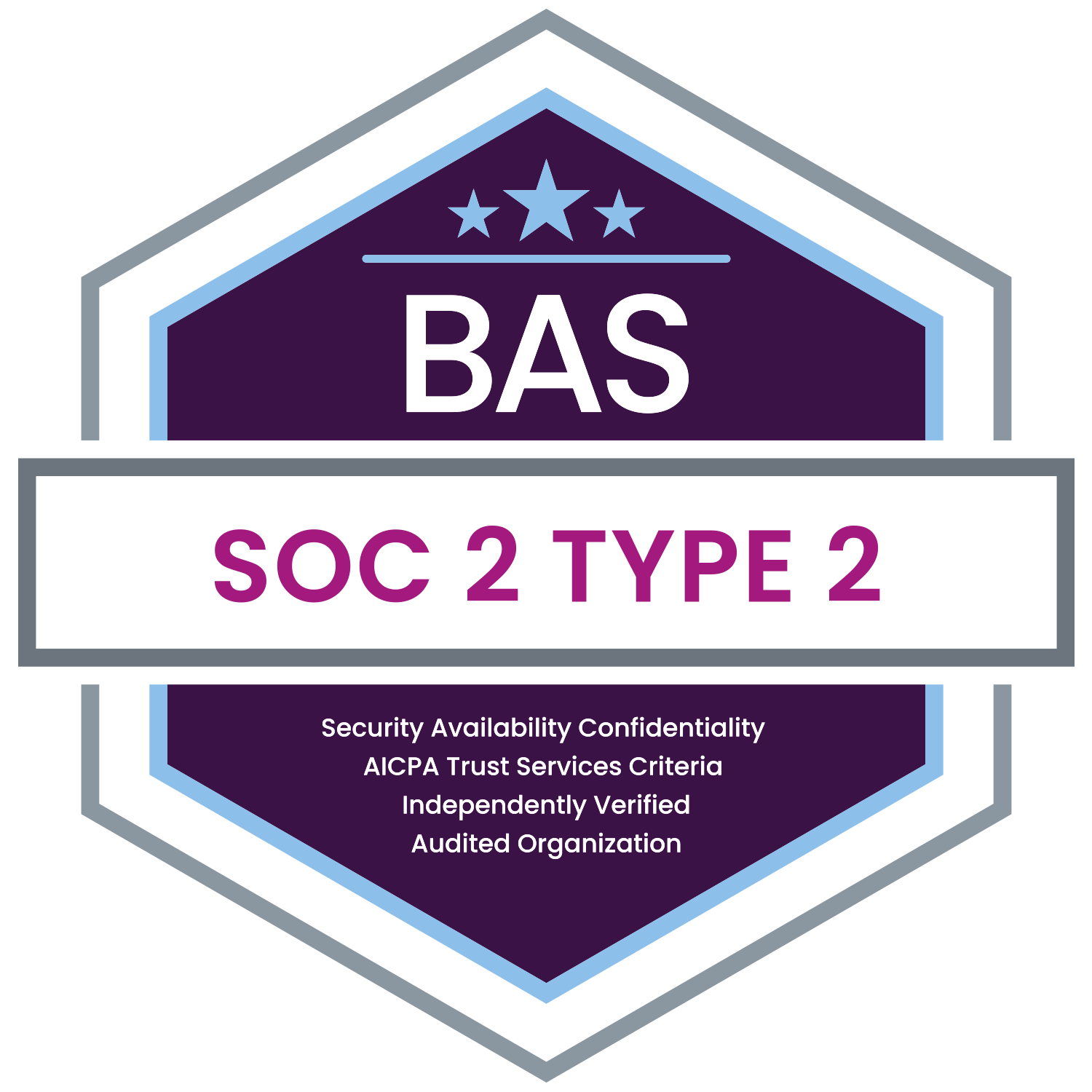Simplify ACA Reporting with Our Affordable and Accurate Solution
For many employers, furnishing IRS Forms 1095-B and 1095-C to employees has been a time-consuming and costly compliance task. A recent change in IRS rules now offers a much simpler option. Employers can post a notice on their website instead of mailing or emailing the forms to every employee. This streamlined method can significantly reduce administrative work for employers who meet the requirements, along with reduced postage costs.
Background on Forms 1095-B and 1095-C
Form 1095-B is typically used by insurers and small employers to report whether individuals had minimum essential coverage. Form 1095-C is issued by Applicable Large Employers (ALEs) to report health coverage offers made to full-time employees.
While employers are still required to file these forms with the IRS, they now have more flexibility in how they make the forms available to employees.
Three Options for Furnishing 1095 Forms to Employees
Employers may now choose from three methods to furnish Forms 1095-B and 1095-C:
- Physical Delivery
Employers may mail the forms to employees via first-class mail or deliver them in person. This method requires no employee consent but can be logistically burdensome. - Electronic Delivery with Consent
Employers may provide forms electronically (such as by email or secure portal), but only if the employee has affirmatively consented to electronic delivery in a manner that complies with IRS rules. For a discussion of affirmative consent, see below. - Website Posting with On-Demand Fulfillment (New Preferred Option)
Employers may now post a notice on their website informing employees that their Form 1095-B or 1095-C is available upon request. Employers are not required to distribute the forms automatically as long as the following requirements are met.
Requirements for Using the Website Posting Option
To take advantage of the new website posting option, employers must:
- Post a clear and accessible notice on their website stating that Form 1095-B or 1095-C is available upon request.
- Include contact informationin the notice, including an email address, physical mailing address, and telephone number for employees to request their form.
- Post the notice by the IRS furnishing deadline, which is generally March 1 each year.
- Respond to employee requests within 30 days by providing the requested form.
- Keep the notice available on the website through at least October 15 of the same calendar year.
This method is especially useful for employers with low request volumes or those using self-service platforms for benefits.
Drafting a Compliant Website Notice
Employers should ensure the website notice is easy to find and clearly explains how to request the form. A sample notice might read:
"Form 1095-C for the 2025 tax year is available upon request. To request a copy of your form, please contact [Employer Name] at [Email Address], [Mailing Address], or [Phone Number]. Forms will be provided within 30 days of request. This notice will remain available through October 15, 2026."
The notice should be placed on a public-facing benefits or HR webpage that employees can access without needing to log in.
What Counts as Affirmative Consent for Electronic Delivery
While website posting is certainly the easiest option for employers, electronic delivery is a close second. For employers choosing to deliver the 1095 forms electronically (rather than using the website posting option), IRS rules require that the employee affirmatively consents to receive the form electronically before it is delivered that way.
Key requirements for valid consent include:
- The employee must receive a disclosure that explains:
- That the form will be provided electronically;
- How to access and download the form;
- The process to withdraw consent;
- The scope of the consent (e.g., for this year only or ongoing); and
- The hardware and software needed to access the form.
- The employee must affirmatively opt in, either in writing or electronically. Silence, failure to respond, or default settings that presume consent are not sufficient.
- If electronic consent is given online, the employee must demonstrate the ability to access the form in the same electronic format in which it will be furnished.
- Employers must retain evidence of the employee’s consent.
If an employee does not consent or if consent is later withdrawn the employer must furnish the form by mail or use the website posting and request process described above. BAS’ e-delivery acceptance language provided to employees meets the requirements for electronic delivery.
Important: Filing with the IRS Is Still Required
Employers using the website posting method must still transmit Forms 1095-B and 1095-C to the IRS by the applicable deadline, generally March 31 (if filing electronically). This new rule affects only how the forms are furnished to employees, not how they are filed.
Watch for State Requirements
While the IRS now allows on-demand furnishing through website posting, some states including as California, New Jersey, and Rhode Island have their own individual mandate laws and may still require automatic distribution of forms to employees. Employers with employees in those states should verify local requirements before relying solely on the federal website posting method.
Take Advantage of This Streamlined Process
Employers looking to reduce administrative burden should strongly consider using the website posting option for ACA furnishing. To get started:
- Draft and post your notice before March 1
- Prepare a process for tracking and responding to employee requests
- Confirm whether any employees reside in states with stricter requirements
The new rules offer welcome relief for many employers, but compliance still requires timely action and clear communication.
Benefit Allocation Systems (BAS) provides best-in-class, online solutions for: Employee Benefits Enrollment; COBRA; Flexible Spending Accounts (FSAs); Health Reimbursement Accounts (HRAs); Leave of Absence Premium Billing (LOA); Affordable Care Act Record Keeping, Compliance & IRS Reporting (ACA); Group Insurance Premium Billing; Property & Casualty Premium Billing; and Payroll Integration.
MyEnroll360 can Integrate with any insurance carrier for enrollment eligibility management (e.g., Blue Cross, Blue Shield, Aetna, United Health Care, Kaiser, CIGNA and many others), and integrate with any payroll system for enrollment deduction management (e.g., Workday, ADP, Paylocity, PayCor, UKG, and many others).
This article is for informational purposes only and is not intended as legal, tax, or benefits advice. Readers should not rely on this information for taking (or not taking) any action relating to employment, compliance, or benefits. Always consult with a qualified professional before making decisions based on this content.









